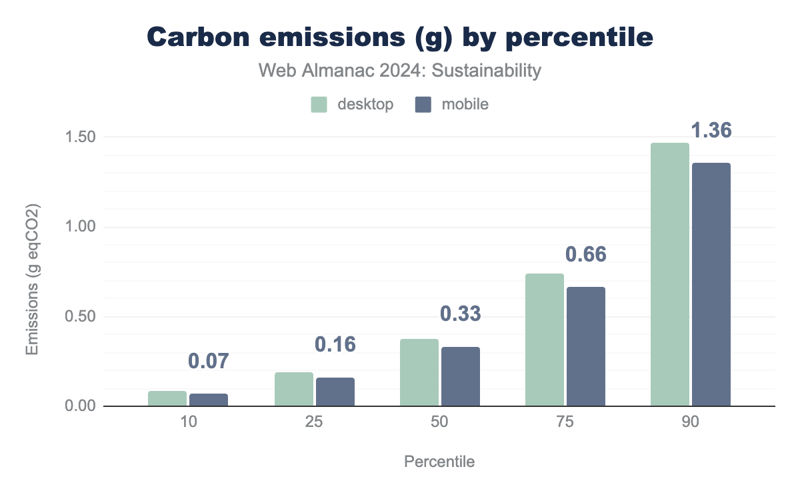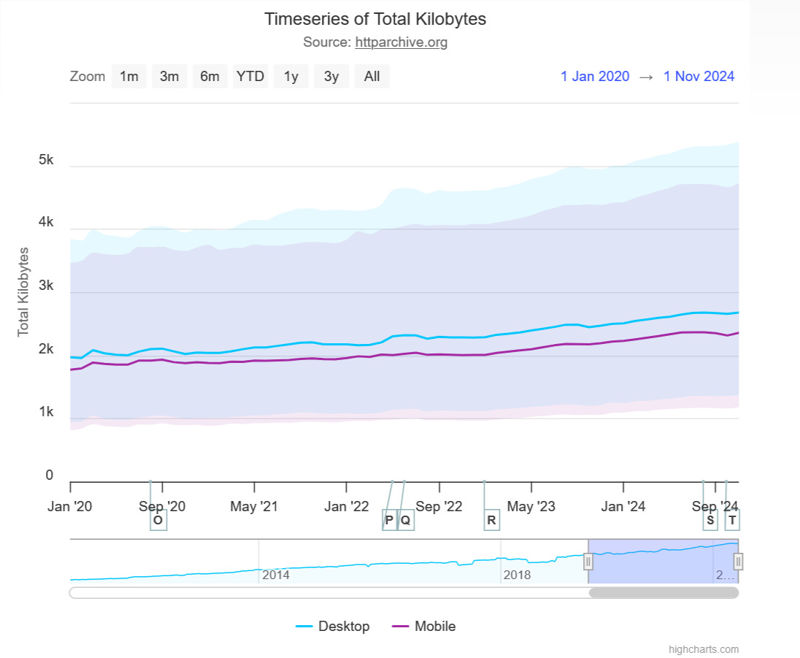While it may not be immediately apparent, the internet uses a vast quantity of electricity. This power is used by:
- Servers. These powerful computers, often located in huge data centres process requests for a website, retrieve data from databases, assemble the elements that make up a web page etc. It's not just the servers themselves that use power as the servers generate a lot of heat which needs water to be pumped through the buildings to clear that heat away.
- Networks (mobile, wired and wireless). Networks are responsible for transmitting data between users' devices and servers (and between servers). Every request for a web page, every form submitted or order placed sends data to a web server.
- Device usage (phones, laptops etc.). While it's evident that electricity is required to power and/or charge devices, the energy consumption is further influenced by the power efficiency of the websites and apps in use.
- Device manufacture. Power is needed for the factories that build our phones, tablets, laptops etc.
How we design and build websites will not change the carbon emissions connected with the manufacture of devices so won't be discussed further here. However, we can influence the electricity consumption in the other three areas listed above.




